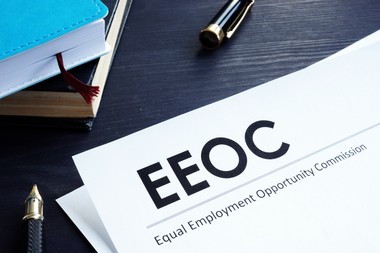Jul 26, 2023

The Equal Employment Opportunity Commission released guidance in mid-May emphasizing that when it comes to race, color, religion, sex, or national origin, employers are responsible for the decisions their software, algorithms and artificial intelligence make.
This is not about new law. Rather, it's about how new processes are still bound by current laws and regulations. The EEOC makes specific reference to the Uniform Guidelines on Employee Selection Procedures under Title VII. Basically, there's no shortcut around the rules. "For example," writes the EEOC, "if an employer administers a selection procedure, it may be responsible under Title VII if the procedure discriminates on a basis prohibited by Title VII, even if the test was developed by an outside vendor. In addition, employers may be held responsible for the actions of their agents, which may include entities such as software vendors, if the employer has given them authority to act on the employer's behalf."
What should employers do?
Advice of the EEOC: At the very least, employers should ask vendors "whether use of the tool causes a substantially lower selection rate for individuals with a characteristic protected by Title VII." In the guidance, the EEOC goes into specifics about what kinds of questions employers should ask of vendors or any firm recruiting on their behalf using algorithmic methods.
In a news alert, the Society for Human Resource Management wrote that "without proper safeguards, employers might violate Title VII when they use AI to select new employees, monitor performance and determine pay or promotions." It warned that "employers will be held responsible for any of these violations, even if the AI tool is administered by a third party, such as a vendor paid by the employer to deliver the service."
This is not the last word on the subject — just one of the first! More guidance and interpretations are likely to come in future weeks and months. For now, the takeaway is that well-established rules apply no matter which people — or machines — do the hiring and HR management. Meanwhile, the new guidance is available on the EEOC website.
©2023